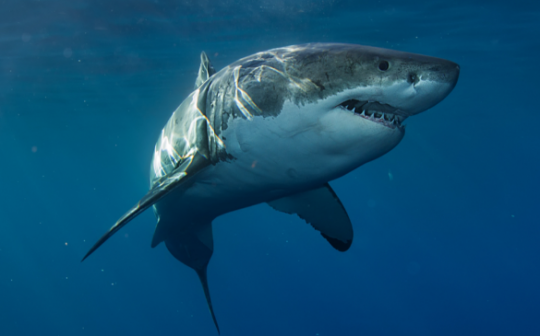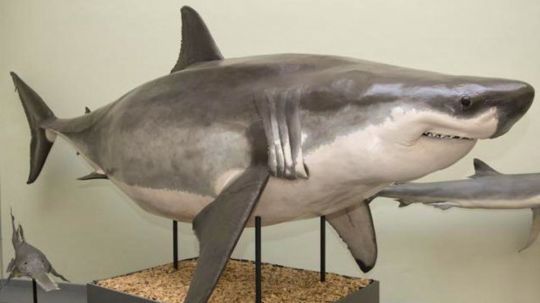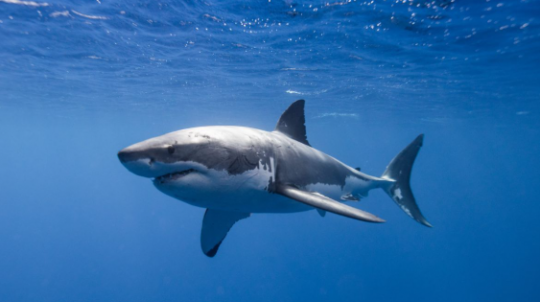Great white shark confirmed in the Mediterranean

The great white shark (Carcharodon carcharias) is present in the Mediterranean, although sightings are rare. In early November 2024, a specimen measuring between 3.5 and 4.5 meters was filmed off Porquerolles, near the Port-Cros national park. The identification was confirmed by the Muséum national d'Histoire naturelle and the Groupe phocéen d'étude des requins (GPER). This observation is invaluable for scientists, as it enables them to better understand the distribution and behavior of this critically endangered species
Notable observations on the French coast
In addition to the 2024 sighting, other reports have been recorded in France. In 2022, a female nearly 5 meters long was spotted in the Camargue. Since 1600, some 794 individuals have been reported in the Mediterranean, including around 40 in the Gulf of Lion. These data suggest that, although rare, the presence of the great white shark in French waters is not exceptional.

October 13, 1956 remains a milestone in the history of Mediterranean ichthyology. On that day, a tuna fisherman accidentally caught a great white shark off the coast of Sète. The animal, a female estimated to weigh more than two tons, immediately aroused astonishment. When hoisted aboard, the predator failed to survive violent attempts to free itself. Examination of its stomach revealed the presence of two dolphins, each measuring almost two meters, proof of its predatory abilities. This exceptional capture, the most impressive ever recorded on the French coast, left a lasting impression: the naturalized specimen is now on display in a Swiss museum, testifying to the species' historic presence in the Mediterranean.

Characteristics and behavior of the great white shark
The great white shark is one of the world's largest predatory fish, reaching lengths of over 6 meters and weighing up to 2 tons. It feeds mainly on fish, cetaceans and pinnipeds. Although it has been responsible for some attacks on humans, these incidents are rare and often due to confusion with its usual prey. No such attacks have been recorded in Europe. In the Mediterranean, it is more opportunistic, feeding on large fish such as bluefin tuna.

Protection and conservation of the species
The great white shark is classified as critically endangered in Europe and vulnerable worldwide. Overfishing, pollution and habitat degradation are the main threats to the species. Initiatives such as the Elasmed observatory aim to record sightings and raise public awareness of the need to protect this emblematic predator.
The great white shark, far from being a Hollywood legend, is indeed present in French waters, albeit sporadically. Recent sightings underline the importance of research and conservation to ensure the survival of this fascinating species.

 /
/ 






